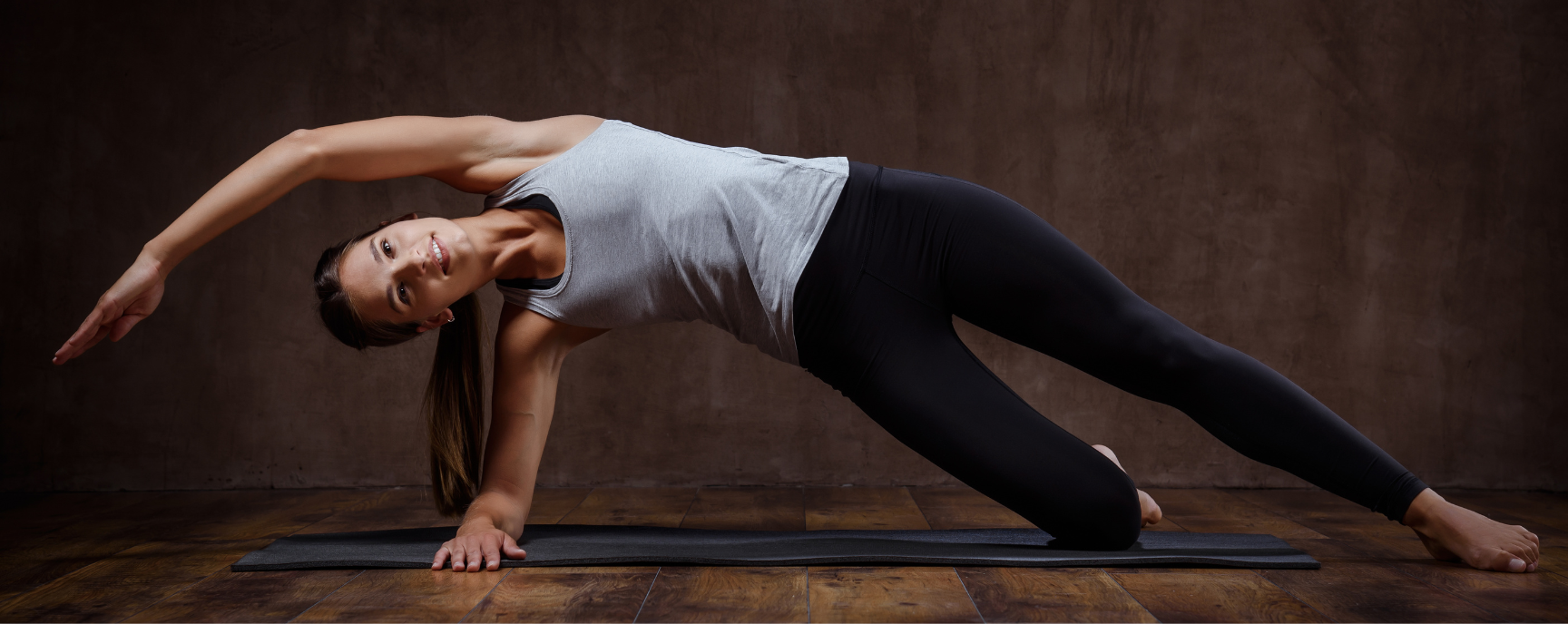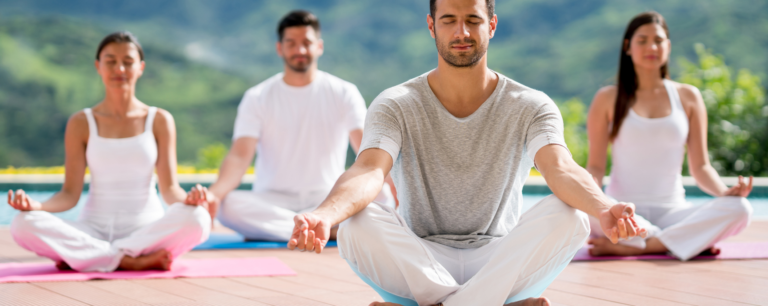Pilates: Strength, Flexibility And Wellness
Pilates, a mind-body exercise system, was developed in the early 20th century by Joseph Pilates. Originally designed to help injured soldiers and dancers recover from injury, it has since become a widely popular workout for improving strength, flexibility, wellness and body awareness. Pilates focuses on controlled movements, breathing and alignment, engaging the body’s core muscles to create balance, strength and stability.
The practice promotes a balanced lifestyle, which is why it has universal appeal. Pilates provides a pathway to cultivating both inner peace and physical resilience.
Learning to control your mind and body is central to Pilates. The exercises, with their repetitive movements, allow you to tune in deeply to bodily sensations, reacting more effectively to stress in everyday life. This focus not only builds physical strength but a sharper, more centered mind.
Pilates offers numerous health benefits that cater to all fitness levels such as:
1. Core Strength and Stability
Pilates places significant emphasis on core muscles—the abdominals, lower back and hips. Strengthening these muscles improves posture and helps protect the spine, reducing the risk of injury. A strong core also enhances performance in everyday activities and other exercises.
2. Improved Flexibility
Pilates incorporates slow, controlled stretches that promote flexibility. Over time, the muscles and joints become more supple, allowing for greater ease of movement. This flexibility helps reduce stiffness and enhances overall mobility, which is particularly beneficial for aging individuals.
3. Enhanced Posture and Alignment
Poor posture can lead to chronic pain, particularly in the neck, back and shoulders. Pilates promotes proper alignment of the spine and encourages body awareness, helping practitioners correct poor posture habits and reduce muscle tension.
4. Increased Muscle Tone and Strength
Unlike traditional strength training, Pilates uses low-impact movements that engage and lengthen muscles without adding bulk. As a result, it tones the body, creating a leaner, more sculpted look. These controlled movements also improve muscle endurance and strength.
5. Low-Impact Exercise for Joint Health
Pilates is gentle on the joints, making it an excellent option for people with arthritis or joint issues. The controlled movements promote strength without placing undue stress on the body, making it suitable for individuals of all ages, including those recovering from injuries.
6. Improved Balance and Coordination
The mindful, controlled movements of Pilates challenge the body’s balance and coordination. By focusing on alignment and stabilizing muscles, Pilates can improve overall coordination, reducing the risk of falls and enhancing athletic performance.
7. Stress Relief and Mental Clarity
The focus on breathing and mindfulness in Pilates helps calm the mind, reducing stress and promoting relaxation. Pilates sessions often leave participants feeling refreshed and more in tune with their bodies, offering mental as well as physical benefits.
Fun Facts • Originally Called “Contrology”: Joseph Pilates referred to his method as “Contrology,” emphasizing the importance of mind control over the body during movement.
• Pilates Was Used by Dancers: Many famous dancers, including Martha Graham and George Balanchine, incorporated Pilates into their routines for its ability to enhance strength, flexibility, and injury prevention.
• You Can Do It with or Without Equipment: While Pilates equipment like the Reformer adds resistance, Pilates can be done with just a mat, making it accessible anywhere.
• It Improves Breathing: Pilates emphasizes proper breathing techniques, which improve lung capacity and oxygen flow, enhancing overall well-being.
• Not Just for Women: While it’s popular among women, Pilates was originally developed by a man for men, and today, many athletes and men practice it to improve their performance.
The Benefits of Doing Pilates from Home
1. Convenience and Flexibility
2. Cost-Effective
3. Comfort and Privacy
4. Minimal Equipment Needed
5. Tailored to Your Needs
Pilates is a powerful tool for improving both physical and mental well-being. With its focus on core strength, flexibility, balance and posture, it offers benefits that go beyond traditional fitness routines. Practicing Pilates from home is an effective way to stay fit without the need for expensive equipment or studio memberships. Pilates can be tailored to suit your needs, helping you achieve better health, strength and relaxation from the comfort of your own space.








